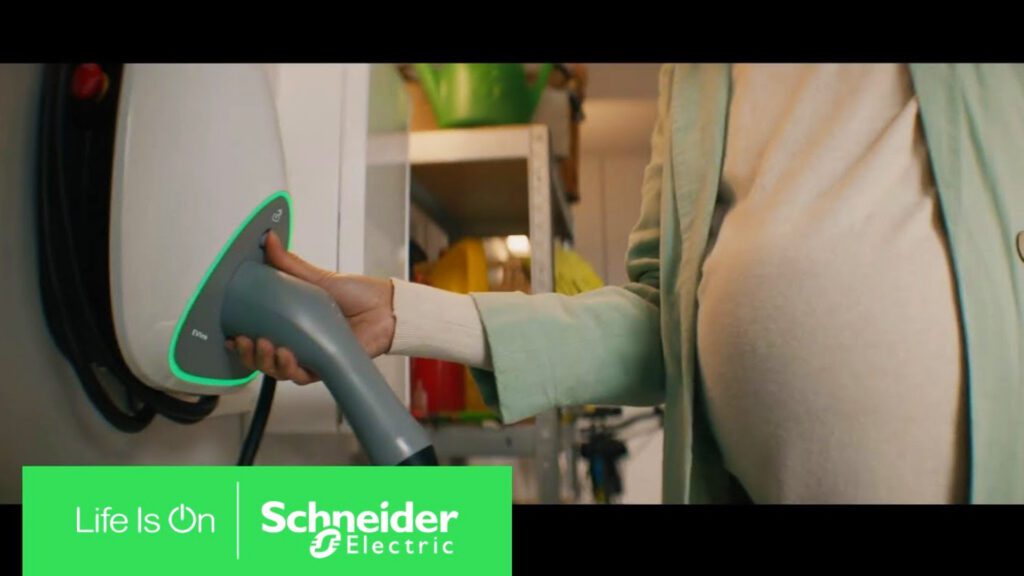Around 85% of Electric Vehicle (EV) drivers charge at home. Why? Because charging your EV at home is more convenient. You typically don’t have to wait for public chargers to be available (especially if the person in front of you just arrived and will take another hour to charge!) Additionally, in most cases, charging at home remains cheaper, in particular when fast charging.
Picture this…
In 2022 in Europe, one in every five cars sold was electric; in 2023, it is predicted that 18% of new cars sold globally will be electric. So, if you recently bought a new car, there’s a roughly 20% chance that you’re an electric vehicle (EV) owner now, and that you’ve noticed a significant increase in your electricity bill. Indeed, EV charging can represent up to 40% of an EV owner’s household electricity consumption. Of course, this is still a good deal when compared with the cost of running your car on gasoline. Nevertheless, owning an EV does definitely put a strain on your energy bill, especially if charging your EV pushes your electricity consumption to the limit of your contract.

Let’s dive a little deeper
Imagine you’ve come home from your workday, and you automatically plug your vehicle in to charge, so that your EV is on a full charge for the next day. Now, it’s time to cook the family dinner – using induction cooking plates. But oh no! Running the induction plate alongside charging your EV pushes your energy beyond the limit specified in your contract and the power to your home gets cut off. Why? Because EV charging at full speed is already using more than 80% of the power available to your house. And using the cooking plates pushed it past the remaining 20%.
Don’t worry, efficient EV charging at home is easy, just make these small changes
What you need is a personal energy manager. One that will be able to priorities where the electricity is being used and adapt in real time to the consumption of other equipment in the home. Say hello to Home Energy Management Solutions (HEMS). Now, you can avoid power interruptions and charge your EV when the electricity tariff is greener or cheaper. Cheaper means it will only charge when the tariff of electricity is low, for instance during the night. Greener means it will priorities the charge when renewable energies are available. Thus, saving you money and reducing your carbon footprint.
Tell me more…
What exactly is HEMS, and how does it work? HEMS is a technology that allows you to monitor and control energy consumption in your home. It’s like having a smart assistant that helps you make the most of your electricity usage. So, what’s the importance of connecting your EV charger to your HEMS? Let’s think back to the previous example when you plugged your car as soon as you got home after work. Your HEMS will make sure that the charge of your EV slows down at the exact moment you start to cook the family dinner. Better still, the HEMS brain will only charge starting when the tariff switches to off-peak rates.
The synergy between solar panels and EV charging
Investing in an EV makes solar panel installation appealing (and vice versa). In France, a study has shown that 5% of the respondents who were EV owners lived in homes equipped with solar panels, while the average number of households equipped with solar panels is about 1%. Indeed, solar power is the cheapest source of electricity for homes and the return on investment for installing the panels is speedily accelerating. So, getting a HEMS installed becomes an even smarter choice, since they facilitate more responsible energy consumption and reduce the burden on power grids.
Wow! how does this work?
Solar panels produce electricity at the sunniest moments of the day. And guess what? At that time, it’s likely that you don’t need excessive amounts of electricity: since the sun is warming the house, and your heating is off. Now, imagine charging your vehicle during that time, with clean, renewable energy generated from the sun, without straining your energy contract or experiencing power cuts? Since a HEMS utilizes real-time energy monitoring, it can harness the power of solar panels to charge your EV during the day, when your home needs it the least. The result? You reduce your dependence on the grid and take a significant step toward a greener, more sustainable future. And you lighten your electricity bill too, which is likely to continue to decrease.
A win for your wallet, the planet, and your peace of mind
The benefits of a HEMS go beyond just saving money and reducing your environmental impact. By optimizing your energy use, you can also increase the overall efficiency of your home, leading to a more comfortable and sustainable living environment. With the rise of smart home technology, a HEMS is a natural fit for any modern household that is becoming increasingly popular and contributes to a greener and more sustainable world.
Listen to our podcast, to learn more about the present-day economics of EVs and home energy management systems. In it, Mike Doucleff, head of Schneider Electric’s eMobility Division, and Colin McKerracher, Head of Advanced Transport at BloombergNEF, discuss electric mobility trends across different angles.



